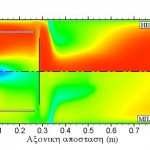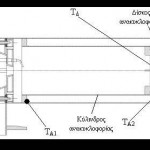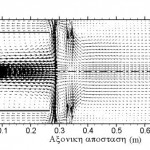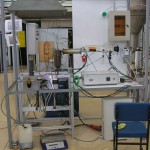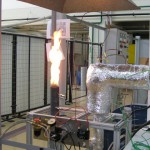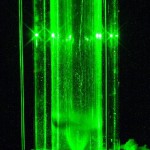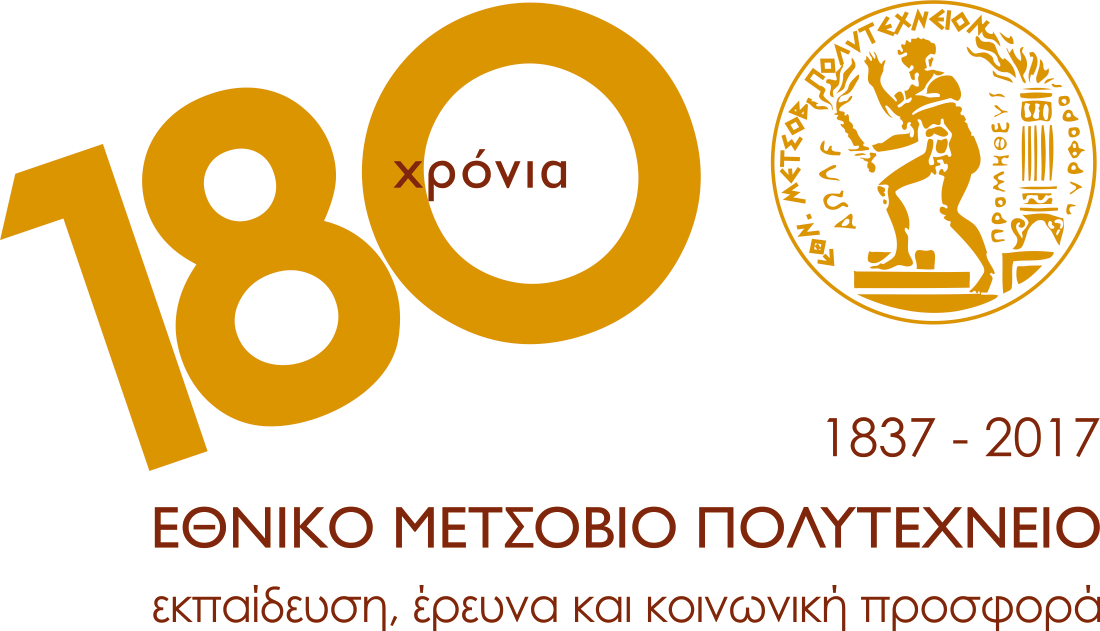The cool flame phenomenon A low temperature process during which the fuel is partially oxidized but not burnt. Under specific fluid flow and temperature conditions the cool flame phenomenon can be stabilized, without being influenced by the air – fuel ratio, or from the type of the fuel used.
| Contact Person(s) | Dr. Dimitrios Katsourinis Dr. Dionysios Kolaitis |
|
| Relevant Project(s) | ||
| Relevant Publication(s) |
|


